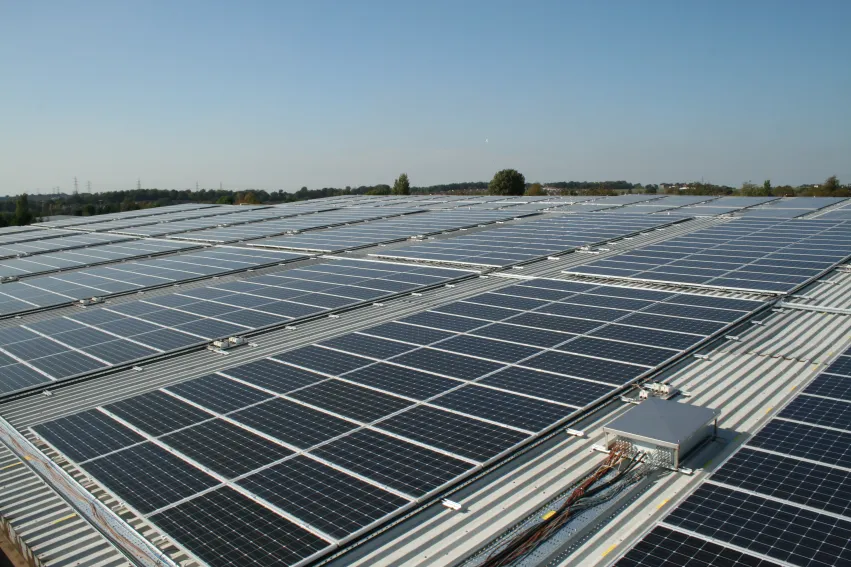
Indonesia slashes capacity charges for industrial rooftop solar
Industrial customers are now charged an eighth of the original cost for building their own rooftop solar projects.
Indonesia’s Minister of Energy and Mineral Resources (MEMR) lowered the monthly capacity charge payable by PLN's industrial customers who want to have their own rooftop solar projects for their electricity supply. According to Regulation 16, the amount of capacity charge has been slashed to 1/8 of the original amount under the previous regulation.
In a note, HHP Law Firm noted that before the issuance of Regulation 16, PLN industrial customers that had rooftop solar projects were subject to a monthly 40 hours capacity charge, which is the same amount payable by PLN's customers that have load based captive power plants.
Also read: Indonesia's solar rooftop C&I projects hamstrung by regulations
“This capacity charge was considered by PLN customers to be commercially not viable; the good news now is that Regulation 16 has cut the capacity charge to only five hours,” said Norman Bissett, one of the note’s authors.
PLN's industrial customers with on-grid rooftop solar projects are now charged based on the formula: Total capacity of inverter (kW) x 5 hours x applicable electricity tariff.
Bissett noted that the change to five hours appears to take into account the daily peak sun hours in Indonesia (around three hours) compared to load-based power plants (which can operate up to 24 hours per day).
Not only has the capacity charges been reduced, the emergency energy charge, a component of the parallel operation charges, has also been removed.
Bissett commented, “The imposition of an emergency energy charge for rooftop solar projects in Regulation 49 in the first place did not make any sense considering the intermittent nature of solar projects. The emergency energy charge payable by PLN customers under Regulation 1 was essentially a premium tariff that had to be paid every time the customer's captive power plant tripped or had emergency maintenance, requiring the customer to take additional power from PLN for that period.”
Regulation 16 follows on the heels of another amendment to Regulation 49, which removes the requirement to obtain a captive electricity license (known as izin operasi) and an operation worthiness certificate for captive power plants with a capacity of 500 kVA or less.
“With more companies pledging to rely significantly, or entirely, on renewables, hopefully this regulation will encourage the development of more rooftop solar projects in Indonesia,” Bissett said.













 Advertise
Advertise











